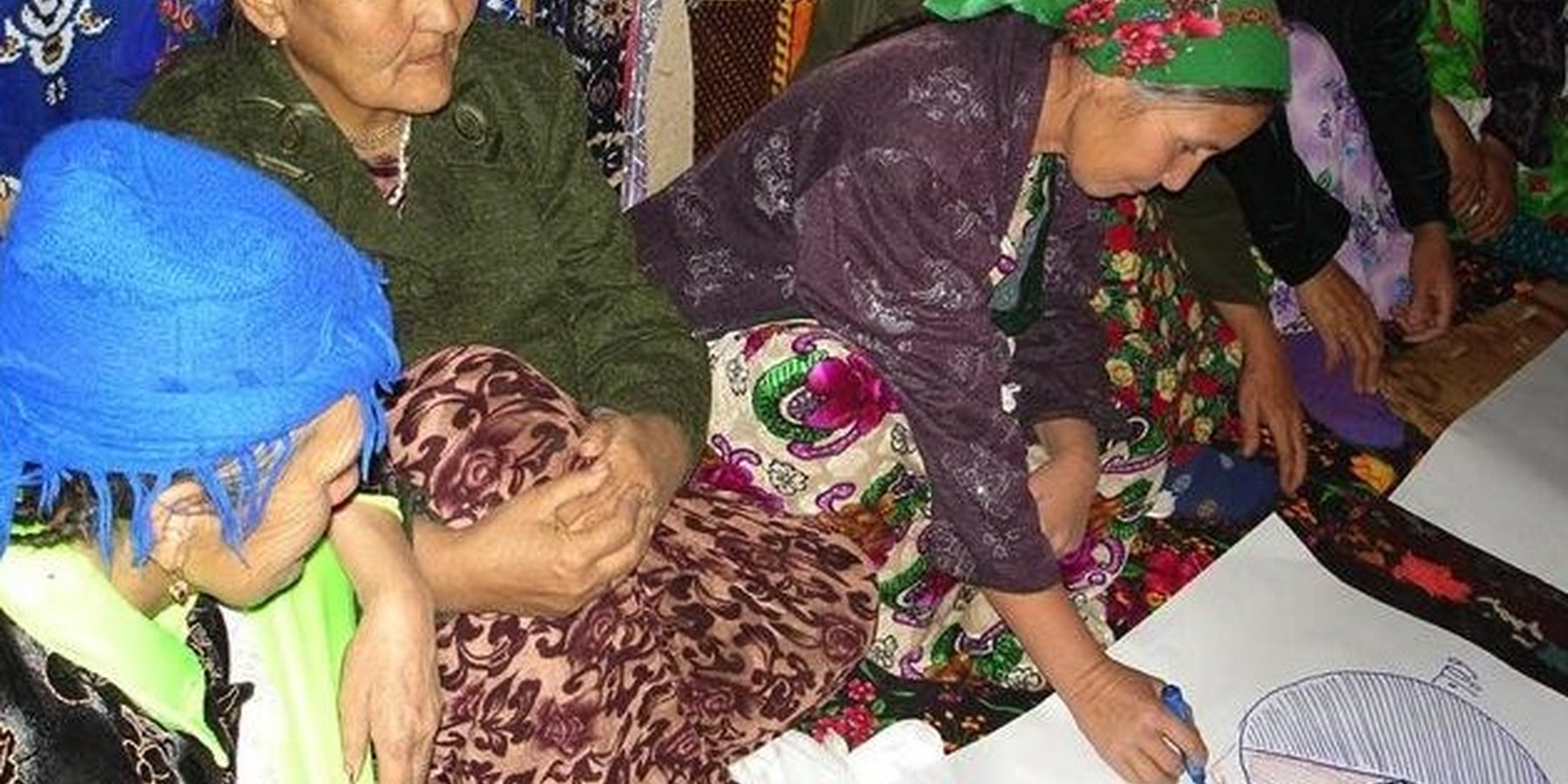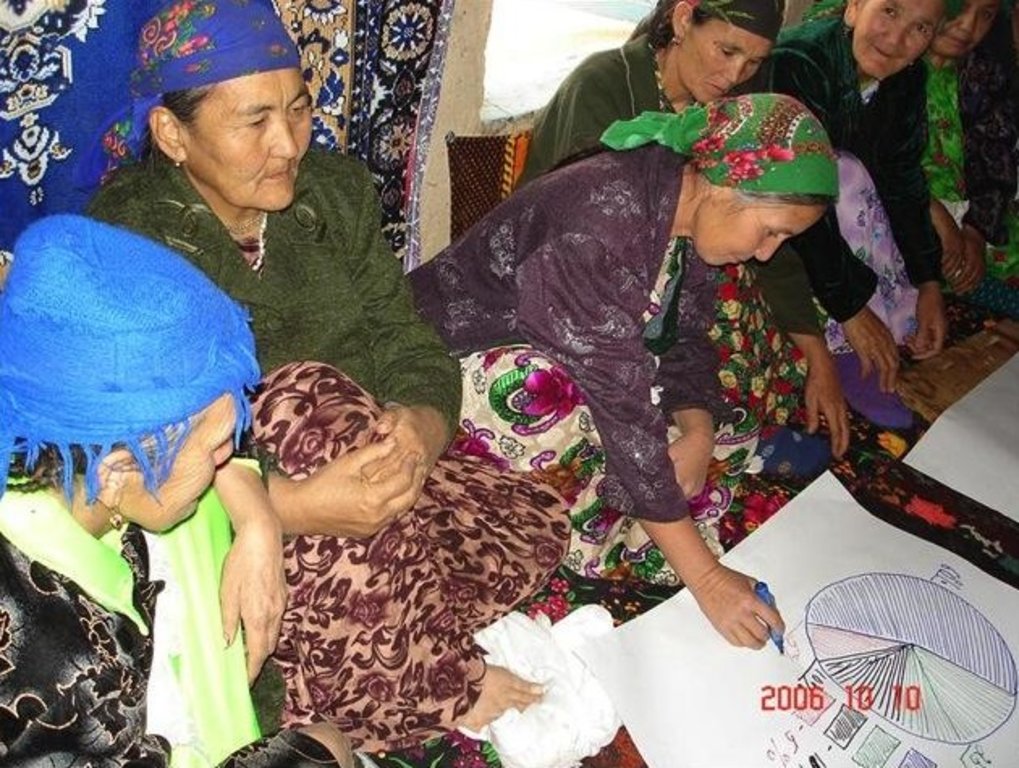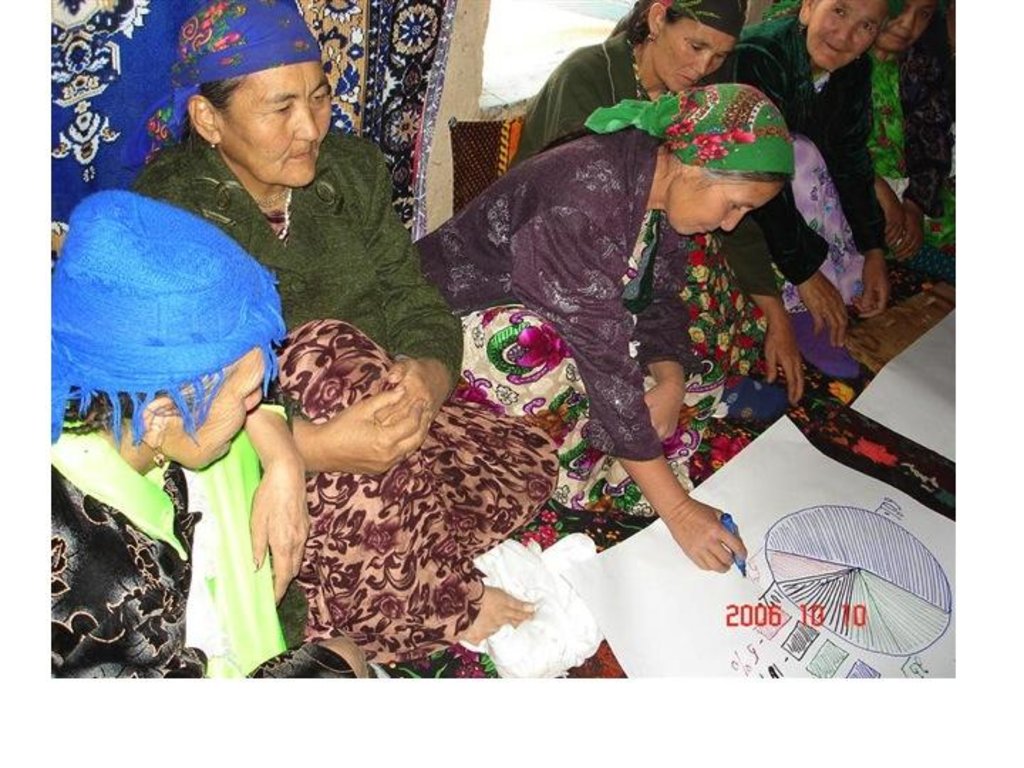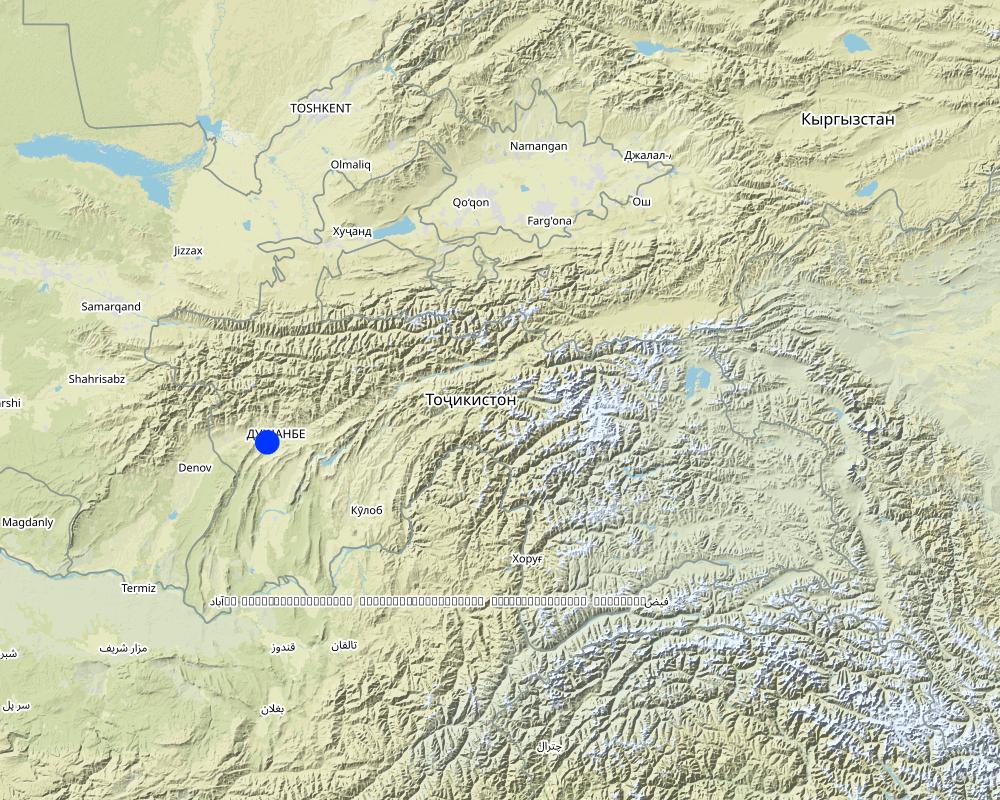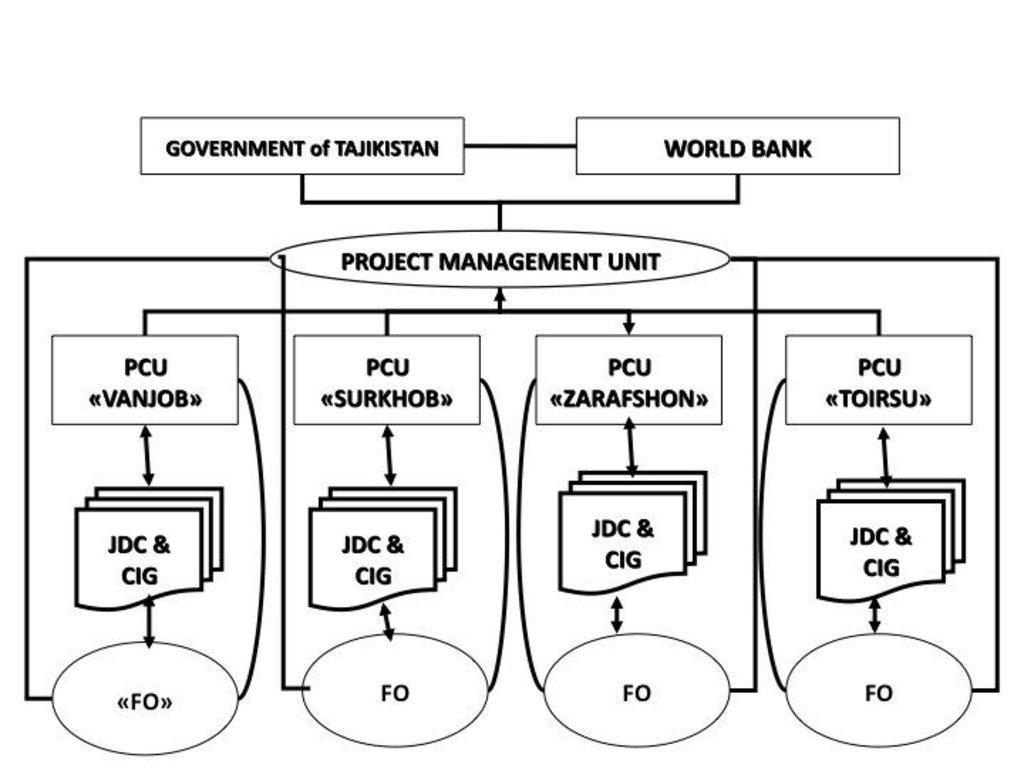Village-level participatory planning for sustainable agriculture and land management [Tayikistán]
- Creación:
- Actualización:
- Compilador: Nandita Jain
- Editor: –
- Revisores: David Streiff, Alexandra Gavilano, Joana Eichenberger
approaches_2447 - Tayikistán
- Resumen completo en PDF
- Resumen completo en PDF para imprimir
- Resumen completo en el navegador
- Resumen completo (sin formato)
- Village-level participatory planning for sustainable agriculture and land management: 2 de noviembre de 2021 (public)
- Village-level participatory planning for sustainable agriculture and land management : 10 de agosto de 2017 (inactive)
- Village-level participatory planning for sustainable agriculture and land management : 7 de julio de 2017 (inactive)
- Village-level participatory planning for sustainable agriculture and land management : 7 de julio de 2017 (inactive)
Visualizar secciones
Expandir todo Colapsar todos1. Información general
1.2 Detalles de contacto de las personas de referencia e instituciones involucradas en la evaluación y la documentación del Enfoque
Especialista MST:
Mott Jessica
World Bank
Estados Unidos
Nombre del proyecto que facilitó la documentación/ evaluación del Enfoque (si fuera relevante)
Pilot Program for Climate Resilience, Tajikistan (WB / PPCR)Nombre de la(s) institución(es) que facilitaron la documentación/ evaluación del Enfoque si fuera relevante)
World Bank (World Bank) - Estados Unidos1.3 Condiciones referidas al uso de datos documentados mediante WOCAT
¿Cuándo se compilaron los datos (en el campo)?
10/10/2016
El compilador y la/s persona(s) de referencia claves aceptan las condiciones acerca del uso de los datos documentados mediante WOCAT :
Sí
1.4 Referencia/s al/los Cuestionario(s) de Tecnologías MST
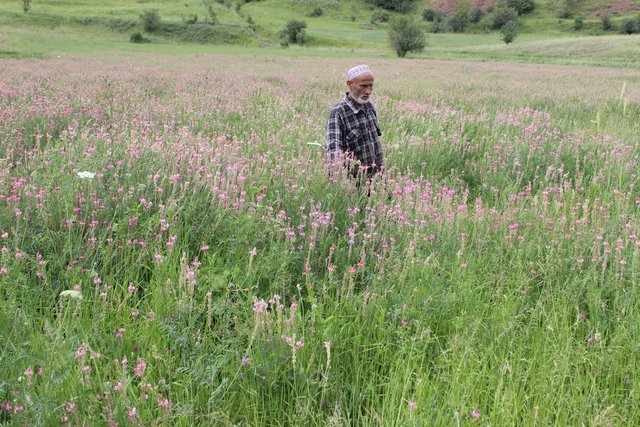
[Tayikistán]
None
- Compilador: MIZROBSHO AMIRBEKOV
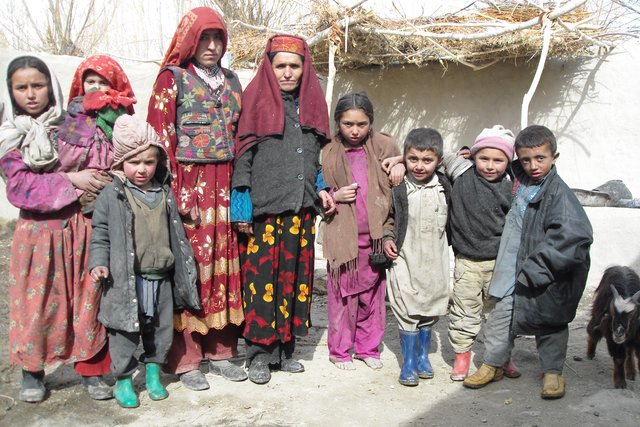
Использование источников воды при установлении акведуков для освоения … [Tayikistán]
None
- Compilador: MIZROBSHO AMIRBEKOV
2. Descripción del Enfoque MST
2.1 Breve descripción del Enfoque
Design and implementation of participatory planning for village-level sustainable agriculture and land management investments through small grants for groups of upland farmers.
2.2 Descripción detallada del Enfoque MST
Descripción detallada del Enfoque MST:
Aims / objectives: As part of the CAWMP, participatory planning aimed to generate village-based community action plans (CAPs) that identified priority investments and beneficiaries for small grants to sustainably increase rural production. A total of 402 three-year plans were developed, through which about 4000 investments in four upland project sites were funded that resulted in increased livelihood assets for over 43,000 households and more than 96,000ha under improved land management practices.
Methods: Under supervision of a government-appointed Project Management Unit (PMU), four international facilitating organizations (FOs) were contracted to work closely with local field coordination units and Jamoat (“sub-district”) Development Committees (JDCs). An operational manual laid out guidelines for developing CAPs and the management of rural production investments. Activities could be proposed for three types of investment that would increase/improve: a) farm productivity, b) land resource management and c) small-scale infrastructure to support rural production. CAPs were required to include: (i) identifiers such as a location map, numbers of beneficiaries, area covered; (ii) an indicative list of investments and associated Common Interest Groups (CIGs) by investment type and cost; (iii) estimate of labor and materials needed; (iv) estimates of beneficiary contribution for each investment and (v) list of beneficiaries resulting from the improvements, and (vi) signed agreements to participate in the cost sharing, labor provision and subsequent operation and maintenance. Within each village, fixed amounts of funding were available and were exceeded by the value of proposed investments. Thus villagers considered the available budget, number of beneficiaries and associated risks when selecting investments (see TAJ044 for details). A beneficiary contribution of at least 25% of the value of the grant was required. In some cases, FOs and JDCs obtained other financing for activities outside of CAWMP.
Stages of implementation: Key steps in the implementation included: 1) Training of facilitators in participatory planning 2) Open village assembly introducing CAWMP and the CAP guidelines; 3) Participatory rural appraisals (PRA); 4) Sharing of findings in village assembly and identification of potential rural investments; 5) Prioritizing proposals and formation of CIGs; 6) Circulation of CAP, e.g., public display in JDC offices; 7) Preparation and submission of rural investment proposals with assistance from FOs and PCUs to JDCs/JRCs for initial screening and approval; and 8) Periodic meetings to review CAPs.
Role of stakeholders: Within villages, vulnerable households were identified and appraised through the use of PRA tools, such as wealth ranking and villager consultations and often were selected as priority recipients of initial investments. During the course of the project, environmental appraisal aspects of the planning process were strengthened through additional training in tools for participatory analysis.
2.3 Fotos del Enfoque
2.5 País/ región/ lugares donde el Enfoque fue aplicado
País:
Tayikistán
Región/ Estado/ Provincia:
Sughd, Region of Republican Subordination, Khatlon, Gorno Ba
Especifique más el lugar :
Jirgital, Tajikibad, Vanj, Aini, Matcha, Pendjikent, Danghar
Comentarios:
The Community Agriculture and Watershed Management Project was implemented in four project sites/watersheds - Surkhob, Vanjob, Toirsu and Zarafshan - that included 7 districts/raions and 39 sub-districts/jamoats. The total catchment area was 35,000km2. Total arable, farm and pasture land was approximately 319,500ha
Map
×2.6 Fechas de inicio y conclusión del Enfoque
Indique año del inicio:
2005
Año de conclusión (si el Enfoque ya no se aplica):
2012
2.7 Tipo de Enfoque
- proyecto/ basado en un programa
2.8 Propósitos/ objetivos principales del Enfoque
The Approach focused mainly on other activities than SLM (participatory planning, design, implementation, village-level, small grants, sustainable agriculture, sustainable land management)
Community action plans for villages generated from a planning process that was participatory, transparent and identified and prioritised fair and feasible options for increasing rural production in ways that are environmentally sustainable.
The SLM Approach addressed the following problems: Little prior experience in communities and organisations in participatory planning for sustainable agriculture and land management, particularly in the context of limited budgets. Marginalisation of poor and vulnerable groups and lack of transparency in decision-making over allocation of funding for investments.
2.9 Condiciones que facilitan o impiden la implementación de la/s Tecnología/s aplicadas bajo el Enfoque
normas y valores sociales/ culturales/ religiosos
- impiden
Poor and vulnerable groups not active participants in appraisals and decision-making and do not adopt SLM practices.
Treatment through the SLM Approach: Open meetings, PRA tools to encourage active participation.
disponibilidad/ acceso a recursos y servicios financieros
- impiden
Individual households unable to adequately invest in SLM investments.Few mechanisms to foster fairer distribution of resources along with feasible SLM options.
Treatment through the SLM Approach: Households are formed into CIGs. Transparent budget limits for types of investment encourage participants to propose fairer and feasible SLM options.
marco de trabajo legal (tenencia de tierra, derechos de uso de tierra y agua)
- impiden
Absence of land use rights will affect sustainability of technology investments.
Treatment through the SLM Approach: Requirement that all CIGs have use rights nominally allocated. Project then assists in issuance of certificates.
The existing land ownership, land use rights / water rights hindered a little the approach implementation Very few Land Use Rights Certificates had been issued at start of project for arable land in upland areas. There was no provision for allocation of use rights to non-arable sloping lands suitable for horticulture, woodlots and other restricted access uses. However, project provisions (see 3.2.4.2) to assist in issuance of land use rights helped overcome this constraint.
conocimiento de MST, acceso a apoyo técnico
- impiden
Little experience among specialists and beneficiaries with an integrated participatory process for planning SLM and related investments.
Treatment through the SLM Approach: Tools for environmental, economic and social appraisals included in planning and further strengthened by training in additional topics, e.g., environmental analysis, financial management.
3. Participación y roles de las partes interesadas involucradas
3.1 Partes interesadas involucradas en el Enfoque y sus roles
- usuarios locales de tierras/ comunidades locales
CIGs (Groups of households)
JDCs
As Common Interest Groups formed during planning
In some locations, cultural practices significantly limited female participation in planning. Generally, at least one third of women in villages participated in the planning processes. It should be noted that due to male migration, the number of female-headed households is increasing and depending on the location, their numbers can be significant.
Project population is generally considered poor or very poor. Within this population, PRA tools identified poor and vulnerable groups, who were then sometimes chosen as priority participants for certain types of rural investments.
As participants in village-level planning
- gobierno nacional (planificadores, autoridades)
Project Management Unit, Project Coordination Units
- organización internacional
UNDP-Tajikistan, FAO-Tajikistan
NGOs:Welthungerhilfe, Aga Khan Foundation/Mountain Societies Development Support Programme
3.2 Involucramiento de los usuarios locales de tierras/ comunidades locales en las distintas fases del Enfoque
| Involucramiento de los usuarios locales de tierras/ comunidades locales | Especifique quién se involucró y describa las actividades | |
|---|---|---|
| iniciación/ motivación | ninguno | |
| planificación | pasivo | Potential beneficiaries consulted for social assessment during project design. Findings used for developing planning approach. |
| implementación | interactivo | Villagers participated in development of CAPs, formation of CIGs and choice of SLM activities. |
| monitoreo y evaluación | interactivo | Villagers participated in monitoring of CAPs and the impacts of rural investments. |
| Research | ninguno |
3.3 Flujograma (si estuviera disponible)
Descripción:
CAWMP Implementation Arrangements and Project Partners
Autor:
Project Management Unit (Dushanbe, Tajikistan)
3.4 La toma de decisiones en la selección de Tecnología(s) MST
Especifique quién decidió la selección de las Tecnología/ Tecnologías a implementarse:
- principalmente usuarios de tierras con el apoyo de especialistas MST
Explique:
CIG members and technical specialists from the respective facilitating organisation and project coordination unit made decisions on the choice of SLM technologies
Decisions on the method of implementing the SLM Technology were made by mainly by land users supported by SLM specialists. CIG members and technical specialists from the respective facilitating organisation and project coordination unit made decisions on the method/s for implementing SLM technologies in any one proposal.
4. Apoyo técnico, fortalecimiento institucional y gestión del conocimiento
4.1 Construcción de capacidades / capacitación
¿Se proporcionó la capacitación a usuarios de tierras/ otras partes interesadas?
Sí
Especifique quién fue capacitado:
- usuarios de tierras
- personal de campo/ consejeros
- JDCs
Forma de capacitación:
- reuniones públicas
Temas avanzados:
Participatory rural appraisal, monitoring and evaluation, participatory environmental analysis, various SLM technologies eligible for support in CAWMP. The overall approach focuses on participatory learning by stakeholders including land users as part of the planning process. Land users learned through participation in rural appraisal tools.
4.2 Servicio de asesoría
¿Los usuarios de tierras tienen acceso a un servicio de asesoría?
No
4.3 Fortalecimiento institucional (desarrollo institucional)
¿Se establecieron o fortalecieron instituciones mediante el Enfoque?
- sí, mucho
Especifique el nivel o los niveles en los que se fortalecieron o establecieron las instituciones:
- local
Especifique el tipo de apoyo:
- construcción de capacidades/ entrenamiento
Proporcione detalles adicionales:
See TAJ047 for role of sub-district/JDC organisations in CAWMP at the sub-district and village-levels.
4.4 Monitoreo y evaluación
¿El monitoreo y la evaluación forman parte del Enfoque?
Sí
Comentarios:
no. of land users involved aspects were regular monitored by project staff, government, land users through measurements; indicators: At least 50% of villagers should participate in investments.
Community Action Plans aspects were regular monitored by project staff through observations; indicators: Number of CAPs, CAP implementation (CAWMP portion), Quality of proposals,
There were few changes in the Approach as a result of monitoring and evaluation: Weak environmental appraisals in proposals resulted in additional training for facilitators in additional PRA tools (see TAJ045 for details on training). Changes made in rural investment proposal format since initial submissions were of variable quality.
There were few changes in the Technology as a result of monitoring and evaluation: Clearer set of eligible and ineligible activities for each investment type since some initial proposed investments did not adequately address environmental, economic and social feasibility (see TAJ045 for details on eligibility criteria).
4.5 Investigación
¿La investigación formó parte del Enfoque?
No
5. Financiamiento y apoyo material externo
5.1 Presupuesto anual para el componente MST del Enfoque
Si no se conoce el presupuesto anual preciso, indique el rango:
- > 1,000,000
Comentarios (ej. fuentes principales de financiamiento/ donantes principales):
Approach costs were met by the following donors: international non-government (Estimate of co-financing): 5.0%; government (Estimate of co-financing): 5.0%; international (World Bank/International Development Assistance and Global Environment Facility): 90.0%; local community / land user(s) (Opportunity cost of villagers time); other (Opportunity costs of JDC members time)
5.3 Subsidios para insumos específicos (incluyendo mano de obra)
- otro
| Otro (especifique) | En qué grado | Especifique los subsidios |
|---|---|---|
| facilitation, training and technical assistance |
5.4 Crédito
¿Se proporcionó crédito bajo el Enfoque para actividades MST?
No
6. Análisis de impacto y comentarios de conclusión
6.1 Impactos del Enfoque
¿El Enfoque ayudó a los usuarios de tierras a implementar y mantener Tecnologías MST?
- No
- Sí, un poco
- Sí, moderadamente
- Sí, mucho
Almost 4000 rural production investments that integrated SLM practices into the management of over 96,000ha have been implemented in 402 villages and 39 jamoats.
¿El Enfoque empoderó a grupos en desventaja social y económica?
- No
- Sí, un poco
- Sí, moderadamente
- Sí, mucho
As part of CAWMP, and within a generally poor project population, participatory planning identified poor and vulnerable groups as beneficiaries. Women comprised 40% of rural investment beneficiaries.
Legal agreement governing CAWMP permitted issuance of certificates for sloping lands for horticulture, woodlots and other restricted access uses. JDCs assisted project staff in processing certificates for participating households. Certificates were processed based on adoption of SLM practices. Another project accelerated certificates for arable land.
Did other land users / projects adopt the Approach?
- No
- Sí, un poco
- Sí, moderadamente
- Sí, mucho
Other internationally funded projects and some country-based organisations have adopted elements of the planning approach, e.g., environmental appraisal tools, use of village-level budget limits.
Did the Approach lead to improved livelihoods / human well-being?
- No
- Sí, un poco
- Sí, moderadamente
- Sí, mucho
An overall assessment (as of 2009 and being updated in 2011) indicates that at least 80% of investments implemented are successful in terms of economic, environmental and social parameters.
Did the Approach help to alleviate poverty?
- No
- Sí, un poco
- Sí, moderadamente
- Sí, mucho
The approach contributed to increasing the proportion of people above poverty from 3% to 16% (as of 2009 and being reassessed as part of a project evaluation in 2011) in the participating villages.
6.2 Motivación principal del usuario de la tierra para implementar MST
- producción incrementada
- afiliación al movimiento/ proyecto/ grupo/ redes
- well-being and livelihoods improvement
6.3 Sostenibilidad de las actividades del Enfoque
¿Pueden los usuarios de tierras sostener lo que se implementó mediante el Enfoque (sin apoyo externo)?
- sí
Si respondió que sí, describa cómo:
Knowledge of and skills in participatory planning have been built in villages and can be used for other purposes as well as other projects and programmes. However, facilitation assistance would be beneficial to ensure fairness and transparency in decision-making.
6.4 Fortalezas/ ventajas del Enfoque
| Fuerzas/ ventajas/ oportunidades desde la perspectiva del usuario de la tierra |
|---|
| Awaiting project evaluation due in 2011 |
| Fuerzas/ ventajas/ oportunidades desde la perspectiva del compilador o de otra persona de referencia clave |
|---|
| Working with budget limits was an effective mechanism for villagers to prioritize and assess risks of various options. (How to sustain/ enhance this strength: Document process and results, disseminate to government, donors and other implementing agencies.) |
| Open disclosure of available funds and amounts allocated to investments improved accountability. (How to sustain/ enhance this strength: Ensure similar measures are included in future planning processes.) |
6.5 Debilidades/ desventajas del Enfoque y formas de sobreponerse a ellos
| Debilidades/ desventajas/ riesgos desde la perspectiva del compilador o de otra persona de referencia clave | ¿Cómo sobreponerse a ellas? |
|---|---|
| Flexibility given to FOs in planning methods led to some investment proposals of variable quality | Future efforts should specify core minimum planning elements but still provide some flexibility to foster innovation and accommodation of local contexts. |
7. Referencias y vínculos
7.2 Referencias a publicaciones disponibles
Título, autor, año, ISBN:
Operational Manual for Community Mobilization, Rural Production Investments and Research and Demonstration Grants (2008)
¿Dónde se halla disponible? ¿Costo?
Project Management Unit
Título, autor, año, ISBN:
Operational Manuals for JDCs and CIGs in Financial Management and Procurement (2007)
¿Dónde se halla disponible? ¿Costo?
Project Management Unit
Título, autor, año, ISBN:
CAWMP: Project Appraisal Document (2005)
¿Dónde se halla disponible? ¿Costo?
World Bank website
Vínculos y módulos
Expandir todo Colapsar todosVínculos

[Tayikistán]
None
- Compilador: MIZROBSHO AMIRBEKOV

Использование источников воды при установлении акведуков для освоения … [Tayikistán]
None
- Compilador: MIZROBSHO AMIRBEKOV
Módulos
No se hallaron módulos


